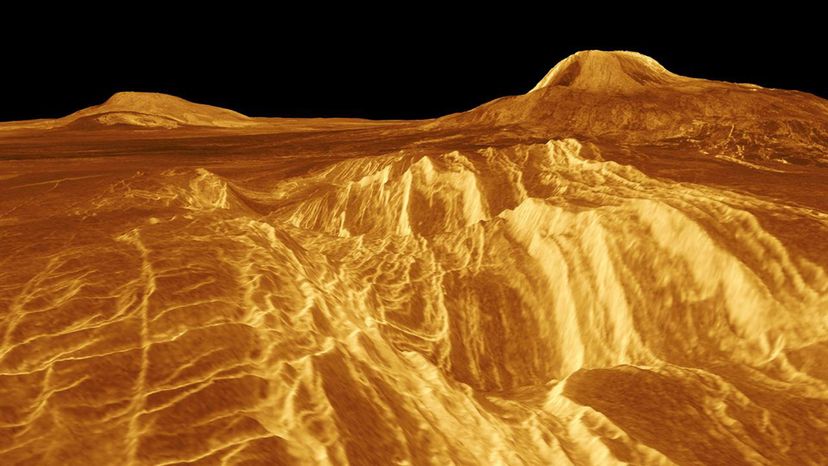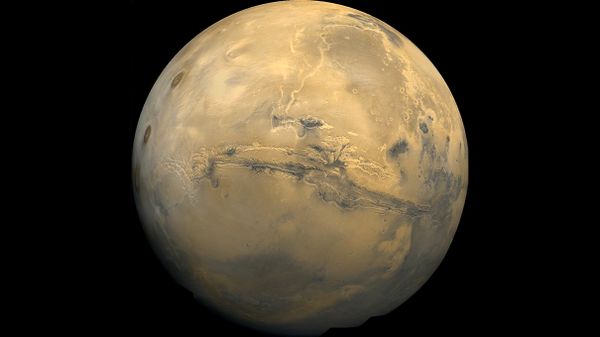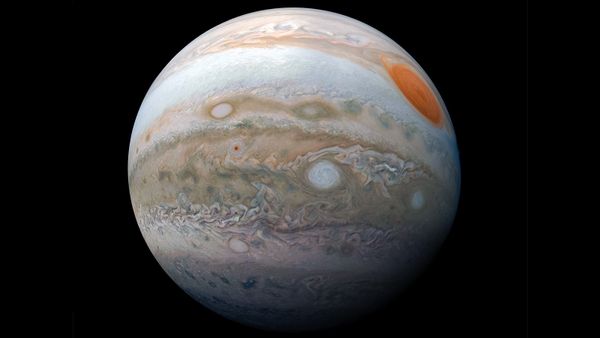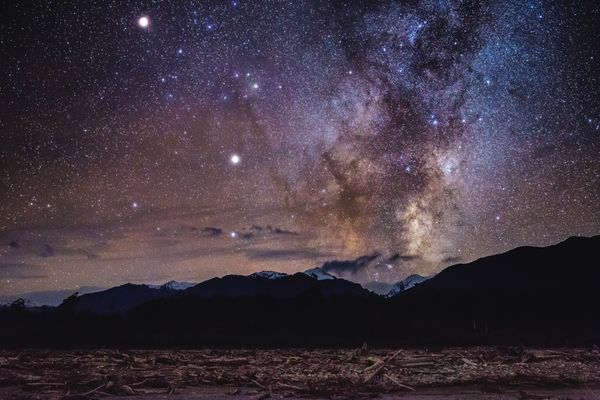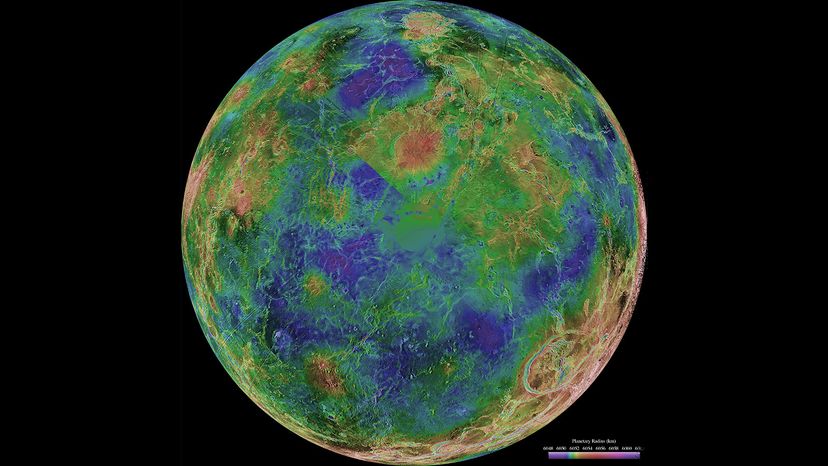
Long before it was an object of scientific study — or Edgar Rice Burroughs novels — Venus mesmerized our ancestors. Bright and beautiful, the cloud-adorned planet derives its name from the Roman goddess of love. Ancient mathematicians mapped its progress across the sky and Galileo Galilei took detailed notes about its moon-like phases. Only visible at sunrise and sunset in Earth's sky, Venus is called both a morning star and an evening star.
After the moon, Venus appears as the second-brightest natural object in the night sky.Yet the planet's surface is covered by reflective clouds that naked eyes and optical telescopes can't penetrate. With the Venusian surface hidden from view, generations of fiction writers used to speculate to no end about the mysterious terrain beneath those clouds. For his part, "Tarzan" creator Edgar Rice Burroughs portrayed Venus as a world with lush forests and arboreal cities in a 1934 pulp novel.
Advertisement
But then science intervened. The idea that Venus is habitable pretty much imploded during the Cold War. In 1956, radio telescope observations showed that the planet had surface temperatures in excess of 618 degrees Fahrenheit (326 degrees Celsius)!
Believe it or not, those readings from '56 were kind of low. We now know the average surface temperature on Venus is a blistering 864 degrees Fahrenheit (462 degrees Celsius). As a matter of fact, it's the hottest planet in our solar system — even though Mercury is closer to the sun.
On the face of planet Venus, the atmospheric pressure is crushingly extreme, and lead would melt into a puddle. Hellish as this place sounds, it actually has a lot in common with Earth. Venus, like Earth, is one of the terrestrial planets and is made of rock and metal.
Advertisement

